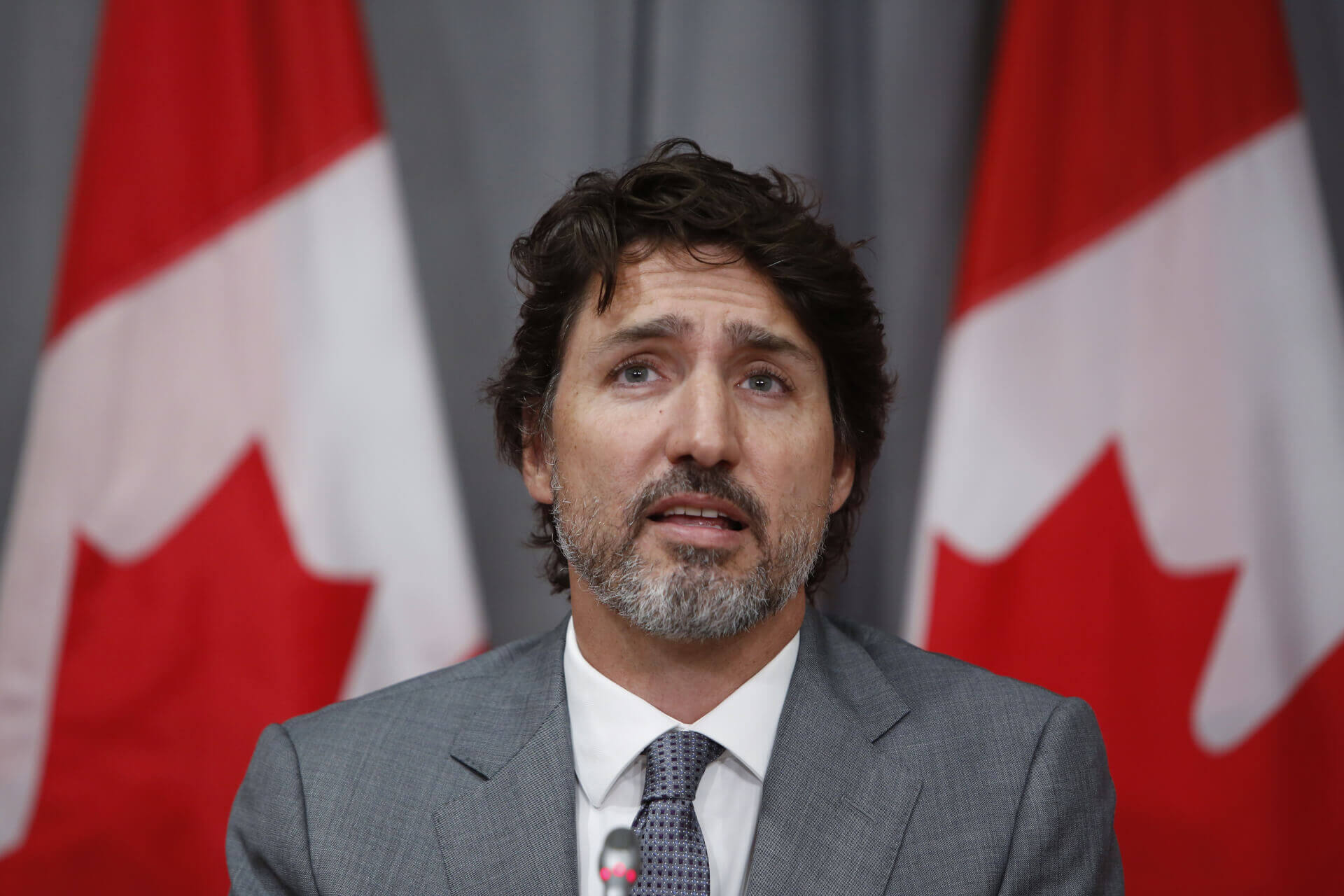The Cowessess First Nation in Marieval, Saskatchewan has said that it has found at least 751 unmarked graves at the site of a former Canadian residential school, making it the biggest such discovery yet. In fact, this latest discovery comes just weeks after the bodies of 215 children were found in unmarked graves at a former residential school in Kamloops, British Columbia.
Cowessess First Nation Chief Cadmus Delorme declared in a press conference: “We always knew that there were graves here.” He noted, “We cannot confirm that they are all children, but there are oral stories that there are adults in this gravesite as well.”
The Marieval Indian Residential School was constructed in 1899 by Roman Catholic missionaries. Canada’s federal government began funding the school in 1901 and took over the administration of the school in 1969, before handing this responsibility over to the Cowessess First Nation in 1987. The school was then shut down in 1996.
The discovery was made after the Cowessess began using ‘ground-penetrating radar’ at the site of the former school last month.
Chief Bobby Cameron from the Federation of Sovereign Indigenous First Nations has said, “This was a crime against humanity, an assault on First Nations,” and declared that the Indigenous community will not rest until the bodies of all the victims are found. In fact, given that that the radar has a 10-15% error rate, there is a very real possibility of finding more remains at the same site.
At one point, there were 130 residential schools operating across the country. In many cases, administrators did not record the name of children who died or their cause of death, indicating that there are still several unmarked graves to be found.
These events in Marieval closely mirror what took place in Kamloops last month, when the bodies of 215 children were found at the site of the former Kamloops Indian Residential School.
Also Read: UN Calls for Probe Into Deaths of Indigenous Children at Canadian Residential Schools
To this end, Prime Minister Justin Trudeau released a statement about the discovery of the unmarked graves in Marieval. Expressing his ‘terrible sadness’, he said, “The findings in Marieval and Kamloops are part of a larger tragedy. They are a shameful reminder of the systemic racism, discrimination, and injustice that Indigenous peoples have faced – and continue to face – in this country. And together, we must acknowledge this truth, learn from our past, and walk the shared path of reconciliation, so we can build a better future.”
From 1863 to 1996, over 150,000 Indigenous children were forcibly removed from their families and placed in residential schools, where they were often not allowed to speak their language or practise their culture, in what was an effort to make them assimilate to what the government considered to be Canadian culture and national identity. Many of the children were physically and sexually abused, malnourished, and lived in poor housing conditions that led to infectious diseases.
Keeping this in mind, the 2015 Truth and Reconciliation Commission (TRC) Report, which was released after seven years of research, determined that the policy was “cultural genocide.” It is estimated that between 4,100 and 6,000 children died while attending these schools, though the fact that there are so many unmarked graves means that there could be many more who died. For instance, the TRC report had only recorded the deaths of 51 children at the Kamloops residential school, well below the 215 bodies that were discovered last week. The TRC also recommended 94 calls to action that centre around healing, compensation, and reconciliation, but the majority of these recommendations have yet to be implemented.
Also Read: Canada Slams China After It Requests UN Probe Into Crimes Against Indigenous Children
Aside from the government, the discoveries in Kamloops and now Marieval have also drawn criticism of the Roman Catholic Church. The Roman Catholic, Anglican, United, Methodist and Presbyterian churches were often in charge of administering residential school systems, operating around 60% of these schools across the country.
In fact, today, First Nations communities have once again called on the Roman Catholic Church and the Pope to apologise for their role in these atrocities. Cowessess Chief Delorme said, “The pope needs to apologise,” adding, “An apology is one stage in the healing journey.”

